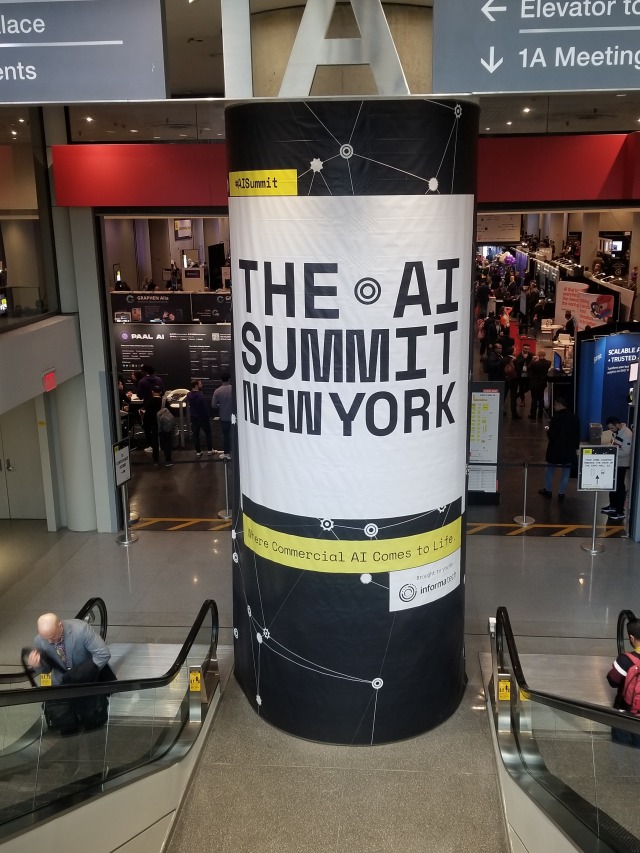Thriving in the Face of Rejection
Dealing with rejection in Sales, Marketing, Business, Job Search and Life is rough. I have experienced rejection in various aspects of life. It is important to not take rejection personally. When you are rejected in job search and career; remember that it applies to the specific situation, position, promotion, transfer but not you as a person. This also applies in Marketing when your ideas, products and services are not accepted by the market. When facing rejection, it important to learn from the experience, pivot and not quit. The only way you are defeated is if you quit and stop trying.
Here is a poem entitled Don’t Quit that I have turned to for inspiration.

How to Conquer Rejection in Sales
To achieve Sales, success, the seller needs to be willing to persevere, through rejection. I remember my time in outside sales in New York City. I would make a lot of cold calls or try to up-sell or cross-sell products to existing customers. I remember days in the field when the answer I received was some form of no. Sometimes no matter how perfectly we execute the sales process, the answer is going to be no.
Many people would think to themselves I can’t take this rejection I should just quit. Well their right at least in the short-term. After you have made five or six sales calls with no results, take a short break. Take a walk and do some deep breathing. Try to remember that it is your offering that is being turned down and not you! Unless the prospect says “I hate this guy”. This happened to me on one occasion.
You should take a short break after being rejected for the following reasons:
1. At this point in your call plan you are probably frustrated and are not thinking clearly. This will ruin any chances of making sales for the rest of the day.
2. Taking a break allows you to vent and refocus.
3. Reflect on past successes you’ve had. Remember, you have made sales before and you can do it again!
After you have cooled off, try to think over the last calls that you have made. Reflect on what went well and what did not. Take this information and go on to your next calls with a positive attitude as if nothing has happened. Remember, your prospect does not care about how your day is going.
During my time in Outside Sales, I would have to call on certain prospects as many as 10 or 12 times before I could make a sale. In terms of cross-selling and up-selling, you have to build relationships with your customers. It is not going to happen over-night. This is true when you are selling items that require a large investment from your customers or prospects.
Some of my biggest sales successes have come during my last few calls of the day. When you feel spent, take a short break and then keep going. You never know when you are going to get a yes. If you quit; the answer is always no. Remember, always ask for the order. I was cursed at and thrown out of buildings; if I could keep going so can you!
How have you have you persevered when you were rejected in Sales, Marketing, Business, Job Search and life?
Share your story below.
About the Author
Dan is passionate about using Marketing to help businesses drive sales. HubSpot Certified in Inbound Marketing, Dan has worked on various marketing assignments including Start Ups, a Political Campaign and a Digital Marketing Conference.
Prior to teaching, Dan served customers as an Outside Sales and Marketing Rep in NYC. In this role, he taught and trained Dentists on the company’s products and services using a consultative selling approach combined with direct marketing. He also supported the company’s marketing efforts at industry trade shows.
He writes and publishes a business blog on the topics of Sales, Marketing and Social Media entitled Sales, Marketing & Social Media Today; which has grown to 24,000+ followers on LinkedIn and 21,000+ on WordPress.
Dan is seeking a full-time role in Marketing. He is willing to create and build out the Marketing function of your organization if it does not exist. If your company is hiring for roles in these areas, contact him directly via a free LinkedIn Message or email him at Dan@DanGalante.com to set up interviews.













